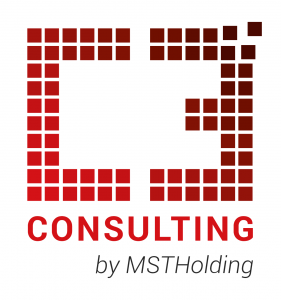Consulting C3 has launched one of its most delicate and inspiring projects to date: a customer service audit for a renowned national high-end women’s fashion brand with a well-established presence across the country. This brand, which blends elegance, tradition, and modernity, has entrusted Consulting C3 to lead a profound transformation in the shopping experience it offers its customers, both in physical stores and online.
The project, which is already underway, is based on the Mystery Shopping methodology and is designed to unfold over four annual waves, evaluating different moments in the commercial cycle. The audited brand — with around twenty of its own retail locations, a notable presence in El Corte Inglés through branded corners, and a growing online channel — aims to refine its customer relationship model to make it more human, empathetic, and consultative.
One of the key focus areas is the return process, particularly in the digital channel. The brand’s management has expressed a desire to move away from the traditional model, in which a return is simply accepted, toward a model where the sale can be redirected — where the customer doesn’t return an item, but instead finds an alternative that better suits their style and expectations. This shift demands a deep evolution in the role of sales personnel.
The challenge is significant: the goal is for front-line staff to move from a purely transactional role to a far more strategic one as image and fashion advisors, capable of truly understanding the customer — their tastes, needs, and motivations. Ultimately, the aim is to actively accompany the customer throughout their buying and loyalty journey, adding value beyond the excellence of the product.
This project stems from the growing belief within the company’s leadership that the shopping experience is as much a differentiating factor as the design of the garments themselves. And that vision, far from being just a statement, is materializing into measurable actions.
The brand, with a decade of retail experience, has demonstrated notable operational maturity and has its own set of KPIs and quality indicators. In this project, these indicators are not only respected but are actively integrated into the data analysis system via the eAlicia platform, which will serve as the central tool for service performance measurement and analysis.
What’s particularly noteworthy is that despite its track record, this is the first time the brand has undertaken a customer service audit of this kind. It marks a decisive step toward continuous improvement and a clear demonstration of openness to new practices to strengthen its position in an increasingly competitive market.
Consulting C3 was selected as a strategic partner after several meetings with the brand’s leadership, who recognized in the firm a strong specialization in operational audits within the retail sector and a clear sensitivity to improving the customer experience in assisted sales environments.
The project gains even more value when considering the historical nature of the audited company. Though young as an independent fashion brand, its origins trace back to one of the most influential family lineages in southern Spain, with roots in cattle farming, winemaking, and textile tradition. A heritage that, without needing to be explicitly stated, exudes elegance, legacy, and culture in every garment. Today, this new generation of entrepreneurs is proving they also know how to look to the future.
Thus, Consulting C3 is supporting this transformation with a multichannel audit that assesses not only physical stores but also phone service, contact forms, social media interactions, and post-sales support. The entire process is conceived not as an inspection but as a tool for observation, learning, and evolution. No audiovisual evidence is collected; the data focuses on the customer experience and is always processed anonymously and constructively, with a focus on improvement.
This project isn’t just about a fashion brand. It’s about a new way of understanding luxury: as closeness, care, and the ability to emotionally connect with the customer. Consulting C3 is proud to be part of that evolution.





